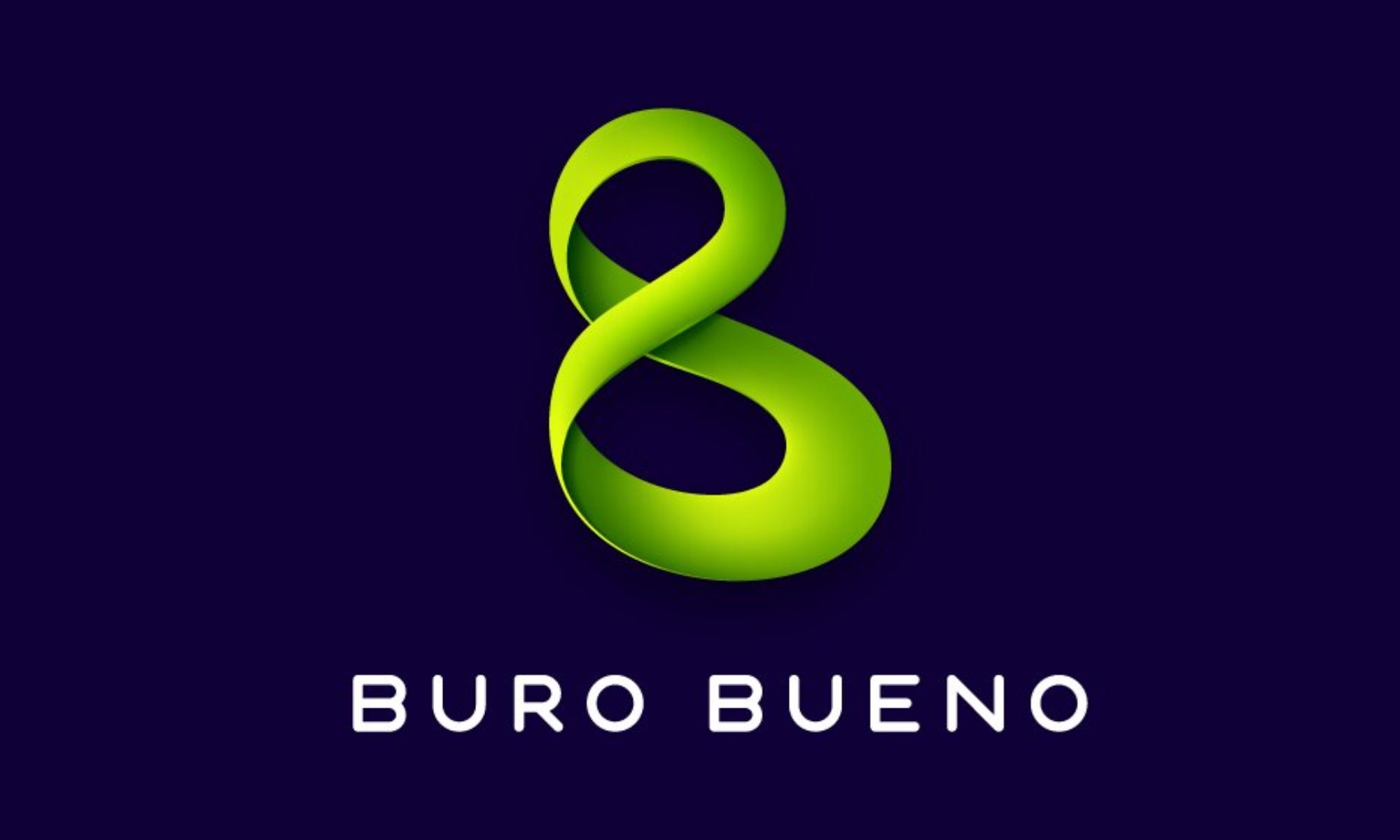IAS 2 Inventories
Content
- best SRM software to manage suppliers effectively
- Fish Scales Are in This Unexpected Product
- Carrying Value or Book Value FAQs
- Ask Any Financial Question
- How do I calculate the carrying values?
- Explore solution: Accelerate your purchasing, inventory management, & order fulfillment without accessing Magento backend
- Who needs a Magento POS system?
- Expedite Your Inventory Turnover Time
Inventory risk is the chance that items in storage can become unsaleable before they can be sold and converted into liquid assets. Shrinkage is the loss of saleable product due to damage, theft, or errors in record keeping. Obsolescence is the loss of saleable products due to product expiration https://personal-accounting.org/the-accounting-entry-for-depreciation/ or retirement and is an issue for retailers carrying products with a short shelf life. Obsolescence goes down as a write-down or write-off and eats directly into a business’s bottom line. There’s a lot that goes into the cost of inventory as a process and as the products you purchase.
However, there are multiple reasons why some stocks continue to occupy space for long periods. One of the key reasons includes poor anticipation of demand by the seller. This type of storage occupies space which carrying value of inventory could be used for fast-moving goods. An inventory carrying cost can be best defined as the cost involved in storing the merchandise and serves as an additional cost to the actual cost of purchasing the product.
best SRM software to manage suppliers effectively
This includes only holding the inventory you need for the sales period, negotiating with suppliers for favorable lead times or MOQs, and getting rid of deadstock or excess inventory. The key thing to avoid is inventory carrying costs that approach — or worst, exceed! For example, if you can get an order delivered to your warehouse in 6 days instead of 9. This will help you reduce the inventory you hold on hand because of this new lead time agreed upon. With an increase in shipments, you can reduce the quantities per shipment. This, in turn, will reduce the carrying costs as you won’t require large storage.
In many cases, inventory is both the largest asset and the largest expense of a business. The overall goal is to reduce carrying costs without risking stockouts, which can be a tricky equation to nail down alone. Striking this balance is the best way to increase profitability with better inventory management. Like other inventory costing methods, inventory carrying cost provides context and clarity around total inventory numbers. That provides an accurate picture of how efficiently inventory is being managed—and how parts of it may be optimized for maximum profit. Inventory carrying costs have a lot to do with your profitability as a product-based small business.
Fish Scales Are in This Unexpected Product
A final way to communicate the impact of ICC is to use feedback and questions to engage and involve your audience in the conversation. For example, you can ask for feedback on your data, analysis, or proposals, and listen to their opinions, concerns, or suggestions. You can also ask questions that elicit their perspectives, goals, or challenges, and show how your ICC information can help them address them. You can also ask questions that test their understanding, interest, or agreement with your message, and clarify any doubts, objections, or misunderstandings. By using feedback and questions, you can build rapport and trust with your audience, and tailor your message to their needs and expectations.
How to calculate inventory turnover?
The inventory turnover ratio is calculated by dividing the cost of goods by average inventory for the same period. A higher ratio tends to point to strong sales and a lower one to weak sales.
You can also use a bar chart to show how your ICC is distributed among different categories, locations, or products. You can also use a pie chart to show how your ICC is composed of different elements, such as storage, handling, or depreciation. By using visual aids, you can make your data more accessible and engaging for your audience, and highlight the key points and insights that you want to convey.
